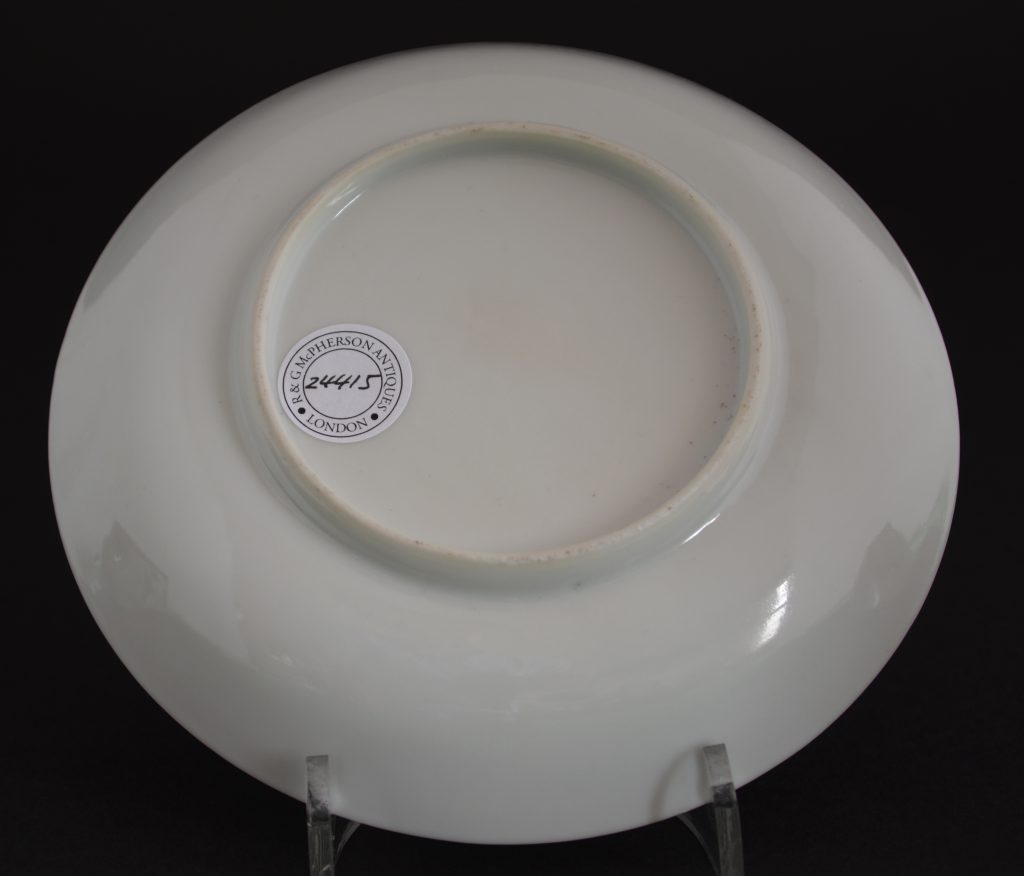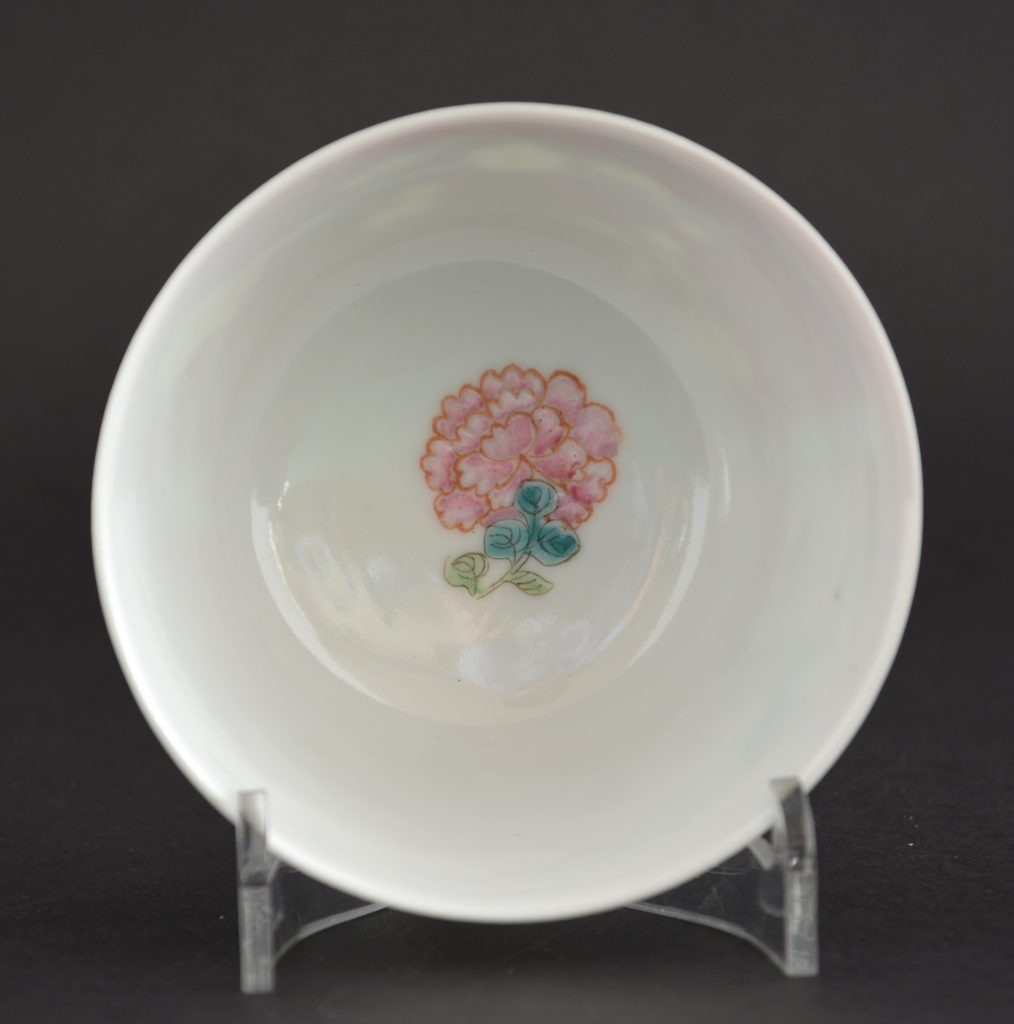
18th or 19th CENTURY Ruby Ground Famille Rose Porcelain
An 18th or 19th Century Ruby Ground Teabowl and Saucer. The Ruby Ground has a Scroll Shaped Panel with Figures in a Landscape with a Flowring Prunus Branch Behind.
SOLD
- Condition
- The saucer has a clean crack c.12 mm.
- Size
- Diameter : 13 cm (5 1/4 inches)
- Provenance
- N/A
- Stock number
- 24415
Information
Famille Rose Porcelain :
China`s ceramics industry has for thousands of years be connected to events in the world outside it`s own borders. Importing materials, assimilating foreign ideas, foreign tastes and inventions, as well as making ceramics for cultures completely foreign to it`s own tastes and ethos China has always adapted it`s ceramics industry to fit the needs of it clients who ever they may be. It was during the Qing dynasty, especially from the late 17th century, that the Chinese became especially interested in Western technology and science. Famille Rose enamels were developed as a consequence of this interaction, the Chinese referred to these enamel colours as foreign colours from as early as 1734 but there origin can be traced back to the 1720`s if not earlier. The impetus for the development of this new palette was the direct involvement emperor Kangxi (1662-1722) who desired to improve expertise in the manufacture of all crafts, especially in relation to learning about technology from abroad. Famille Rose enamels were different to the earlier Famille Verte enamels in a number of ways, the most obvious being the colours used, but the enamels themselves were different in that the translucent colours of the earlier palette were making way to thicker impasto opaque enamels of Famille Rose. The rose colour that gives its name to this colour scheme is created from colloidal gold (a suspension or colloid of sub-micrometre-sized particles of gold in a fluid). This ruby red colour was augmented by two other newly introduced coloured enamels, an opaque white which was made from fine crystals of lead arsenate, the other new colouring agent was lead stannate used for the opaque yellow. These colours, while new to China, were certainly not new to Europe but the effect of them on porcelain certainly was new. Famille Rose didn`t entirely replace Famille Verte as such but it certainly became far more popular. Famille Rose enamel was used in the Imperial workshops to paint some of the most complex intricate designs ever carried out on Chinese porcelain, it was also used for Chinese taste or domestic market porcelain, but was also used to decorate a vast rray of Chinese export porcelain of all shapes and sizes.







